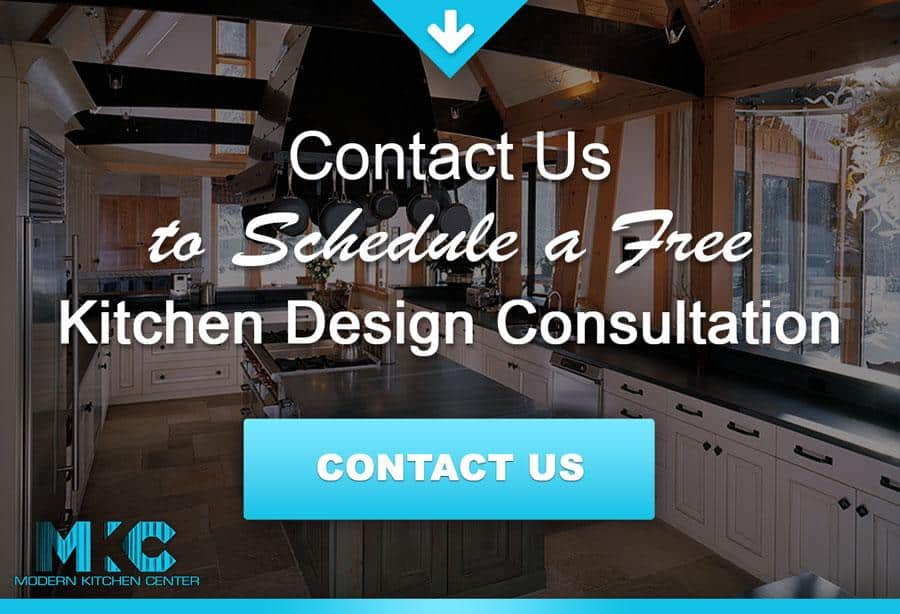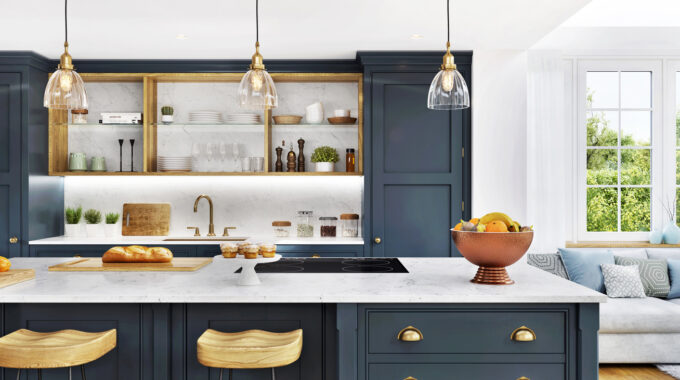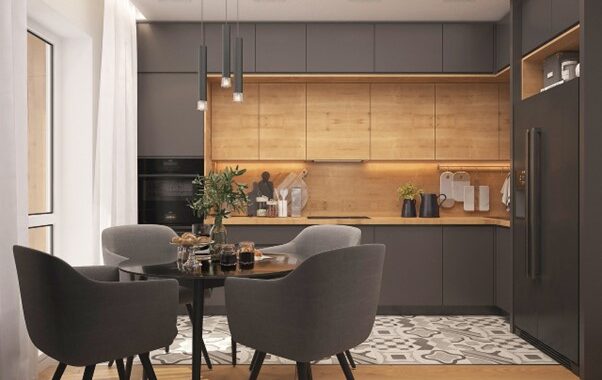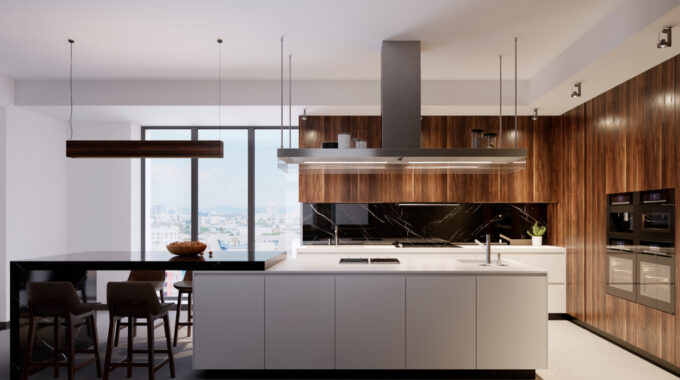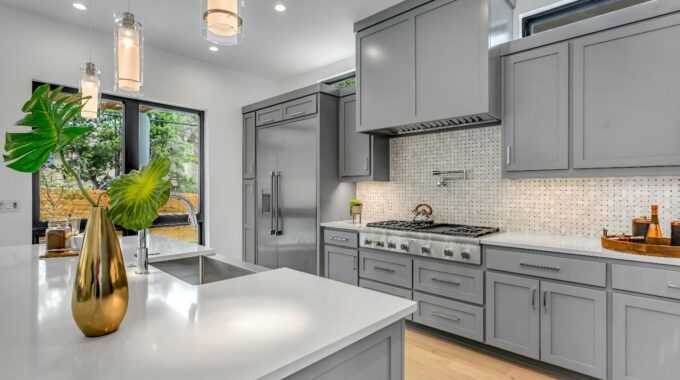
10 Kitchen Design Styles That Will Transform Your Kitchen
A kitchen is the bustling hub of activities in a home. The kitchen sees it all from food prepping and late-night snack runs to secret rendezvouses and heartfelt conversations. Simply put, it is the most used space within a house, which means it should be well-designed to be welcoming and appealing to the family.
For this reason, many homeowners choose to redo their kitchens. If not that, then a faulty layout or worn-out installations can warrant a kitchen remodel. Whatever the reason for which someone decides to undertake a kitchen-centric home improvement project, it provides them with an opportunity to give their kitchen a brilliantly transformed look. That said, thinking of an aesthetic design yourself can be challenging. This is where the oh-so-incredible kitchen design styles come to the rescue and give a homeowner abundant inspiration to redo their kitchen.
To give you an insight into the aesthetic elements of popular themes, here is a detailed guide on kitchen design styles that will transform your kitchen.
1. Traditional
As the name pretty much gives away, traditional design style incorporates classic elements that give a space nostalgic charm. The primary focus in this aesthetic theme is the ornate embellishments, such as decorative frames, trims, elaborate etching, and carving.
A traditional kitchen is designed against a simple/basic backdrop, like white paint, which is why the decorative details create a bold impact. Another salient feature of the traditional design theme is the use of natural materials, such as stone and wood, as they connect a modern kitchen with olden times.
With all that said, traditional kitchens can look very different from one another in terms of details-meaning; the basic idea of using a light background and combining it with accents and natural elements remains the same across the board. But how exaggerated someone chooses to keep the details can make a world of difference between traditional looks.
If you are someone who appreciates classic aesthetics, you should consider getting a traditional kitchen without reservations.
2. Contemporary
Opposite to the traditional style that works around embellishments, contemporary design is all about clean, clear lines and minimalism.
In this aesthetic approach, there is little to no use of adornments or baroque elements, which is why contemporary kitchens are super sleek and classy. To add a touch of drama to enliven such as space, designers put complementary colors and textures. For example, black polished granite countertops with textured paint or matte cabinet finish with sleek silver knobs.
One quality that makes contemporary kitchens more appealing for homeowners is easy maintenance. Since such a design theme doesn’t use elaborate elements, it’s easy to maintain. There is no detailed cleaning and frequent polishing cycles to keep the ornaments in tiptop condition, all you need to do is dust all the fittings every now and then, and you’ll be good to go. In other words, a contemporary kitchen is a perfect fit for busy people who don’t spend much time at home.
3. Transitional
The best way to describe a transitional kitchen is a blend of old and modern aesthetics. It has a minimalist approach where the space remains clean and clutter-free, but at the same time, it possesses a vibrant charm with a few decorative details.
When designing a transitional kitchen, there is an endless variety of fixtures and fittings to choose from as you get to bring two worlds of designs together.
As mentioned above, the traditional style has a nostalgic appeal that is incredibly comfortable and inviting. On the other hand, a modern aesthetic theme is more about functionality. This means when you combine the two fashions, you get the best of both-meaning you get a functional space that is also homey and warm.
With transitional kitchens, there is no right or wrong way to use design elements because, essentially, you get to juxtapose disparate articles to create a harmonious look. However, doing so is a bit tricky because if you are not careful enough, you can end up with an uncoordinated kitchen. The key to getting a gorgeous transitional kitchen is paying attention to the proportions of everything. You don’t want anyone aspect to overshadow others; therefore, creating a balance of both styles is a must.
4. Beach Kitchen
As implied by the name, a beach kitchen offers a refreshing look created with blue hues and rattan furnishings. Simply put, its goal is to take you to a tropical place that will turn a bad day into a sweet one.
When styling such a space, designers take inspiration from the sea and bring some of its elements indoors. For example, the blue color of the waves, sandy bits, etc. Obviously, you don’t actually pour sand on the floor of your kitchen to incorporate it. Instead, put a textured sandy-colored backsplash or maybe lay down a sandy-colored ground. Basically, use natural features such as soil, grass, plants, and others artfully in your kitchen to give it a breezy look and feel.
Some commonly used installations in a beach setting are
- Cane chair or stools
- Rattan pendant lights
- White cabinets and light blue paint on the walls
- Brown backsplash
- Greenery- artificial or natural
- Earthy-looking tiled walls
To make the process of designing a beach kitchen easy for yourself, imagine all your favorite things about the sea and think creatively about how you can bring them indoors. Doing so will not only give you a refreshing and fun kitchen aesthetic but also enable you to get a hint of your personality into it. Naturally, if you incorporate the things you most appreciate at the beach into your kitchen theme, the result will have you in its character.
5. Farmhouse Style
Like the beach style that brings home the sea, a farmhouse kitchen carries a rustic vibe reminiscent of a cozy country-house.
A farm-style kitchen is all about creating a ranch-like look brimming with wooden beams, arches, and rich colors. Imagine exposed wood beams curving near the ceiling, low lighting, pops of color here and there, wicker fittings, and bricked walls if you want to picture a farmhouse kitchen. As must be evident by now, this thematic style highlights timber more than anything.
So, if you want to use farmhouse design as an inspiration for your kitchen remodel, keep in mind that you will need a lot of wood, maintaining which can be difficult. It’s a known fact that wood is susceptible to termite infestation and can get warped if exposed to water frequently or for prolonged periods. This means, if you put bamboo in your kitchen, you will have to be careful with the water usage and apply and reapply sealants to keep your installations well-maintained. If you are up for it, then, by all means, go for a farmhouse-style kitchen.
6. Eclectic
Eclectic style is all about drama and flamboyant flair. It has an open approach in terms of design elements. In other words, anything and everything goes as long as it brings pizzazz to the space. From bold colors and textures to decorative details and artsy décor, an eclectic aesthetic is the amalgamation of it all.
For some people, an eclectic kitchen can be visually overwhelming because a lot is going on before the eyes. You have rich colors, elaborate trims, detailed carvings, dramatic lights, and varied textures, which altogether can be a bit much. That said, such a theme doesn’t necessarily result in a distasteful space; you can use loud components together smartly by reducing the elements used and managing their placement.
For example, if you have super busy cabinet doors in terms of the design, then perhaps you can go easy on the color; that is, you can pick a pastel shade or opt for a matte finish. Long story short, you can design a beautiful kitchen with an eclectic design style if you go about it with creativity and an open mind.
7. Modern
Many people believe that modern and contemporary means the same. While there is some truth to that, the two styles exhibit differences, particularly in the world of interiors.
A modern kitchen also puts emphasis on clean space, sleek surfaces, and a clutter-free environment. It embodies commodiousness-spatial openness and exudes a high-end elegance, which differentiates it from a contemporary kitchen. In simple words, in modern design, the primary characteristic is the use of high-quality materials, which may or may not be used in a contemporary model.
Because high-end fittings and fixtures are used in a modern kitchen, it keeps all installations bare; that is, you will not see a lot of décor items because the primary focus is on the top-notch elements that do not need anything to complement them. To say it simply, there are no accents in modern design, just exotic installations that emanate class.
Modern kitchens typically possess luxurious, in many cases, one-of-a-kind materials to present a truly splendid look.
8. Craftsman Style: Embodying Craftsmanship
This kitchen design is for those who like to put a lot of care and effort into their home because it uses the incredible artistry of craftspeople who build everything from scratch. That’s right, as surprising as it may sound, a kitchen with such a theme is built piece by piece.
Originating back in the early 20th century as part of the Arts and Crafts Movement of the time, craftsman design style revolves around creating an intimate space with handpicked and built items. Every material is carefully chosen to make cabinetry, fittings, tabletops, etc.
The use of natural elements such as wood and stones is the trademark of this design style. Generally, a kitchen embodying craftsmanship has an overall sturdy feel because almost every piece occupying the space is made with pure, naturally sourced components to last a lifetime. That is also why such kitchens and their features are so durable.
With all that said, it’s important to know that building this aesthetic theme requires a lot of creativity, skill, planning, and, most importantly, patience because it’s time-consuming work.
9. Mid-Century Modern
Mid-century modern aesthetic look exhibits a wonderful mix of various elements, namely straight lines, bright color combos, a combination of natural and synthetic décor pieces. One prominent aspect of the said visual theme is the use of statement pieces. Concisely put, homeowners pick out one, two, or more exotic elements that act as the focal points in the room and match the rest of the aspects with those.
Aside from the statement pieces to attract attention, a mid-century modern kitchen has a laidback approach. It embodies minimalism with clean lines and well-defined installations combined with pops of bold colors for a fun finish.
Some common items in mid-century modern kitchens are
- Simple wooden tables and chairs
- Furnishings supported by narrow metal legs
- Natural but brightly colored pieces- imagine earthy tones like green, brown, teal, fall orange, etc., with vibrant overtones.
- Bold statement pieces
10. Scandinavian
The Scandinavian aesthetic theme is similar to mid-century modern in most aspects except for the splashes of color.
In mid-century design, you get tidy space, well-defined lines, statement pieces, and pops of color. However, in Scandinavian kitchens, you get most of those elements but not the statement pieces or color splashes because it exhibits muted tones and plays with textures.
Typically a Scandinavian kitchen will have white paint minimalistic furnishings combined with rich textures and a lot of light, because of which it is more likely to have massive windows aside from interior lighting. Moreover, such a space offers hominess and is more inviting, unlike a mid-century modern kitchen that is more about functionality than anything else.
Long story short, if you want a neat kitchen with plops of color that is high on practicality, mid-century modern design style is for you. However, if you want a minimalist kitchen emphasizing textures and offering warmth, Scandinavian design is the winner.
Ending Note
Knowing about the interior design trends and movements can remarkably help you come up with a vision for your kitchen makeover. Although you don’t need fashion to dictate your interior design choices, it can jumpstart your creativity to decide on an aesthetic theme that speaks to you.
If you need more help or wish to consult a kitchen remodeling expert in Colorado, reach out to us at Modern Kitchens and learn all about kitchen design styles.




